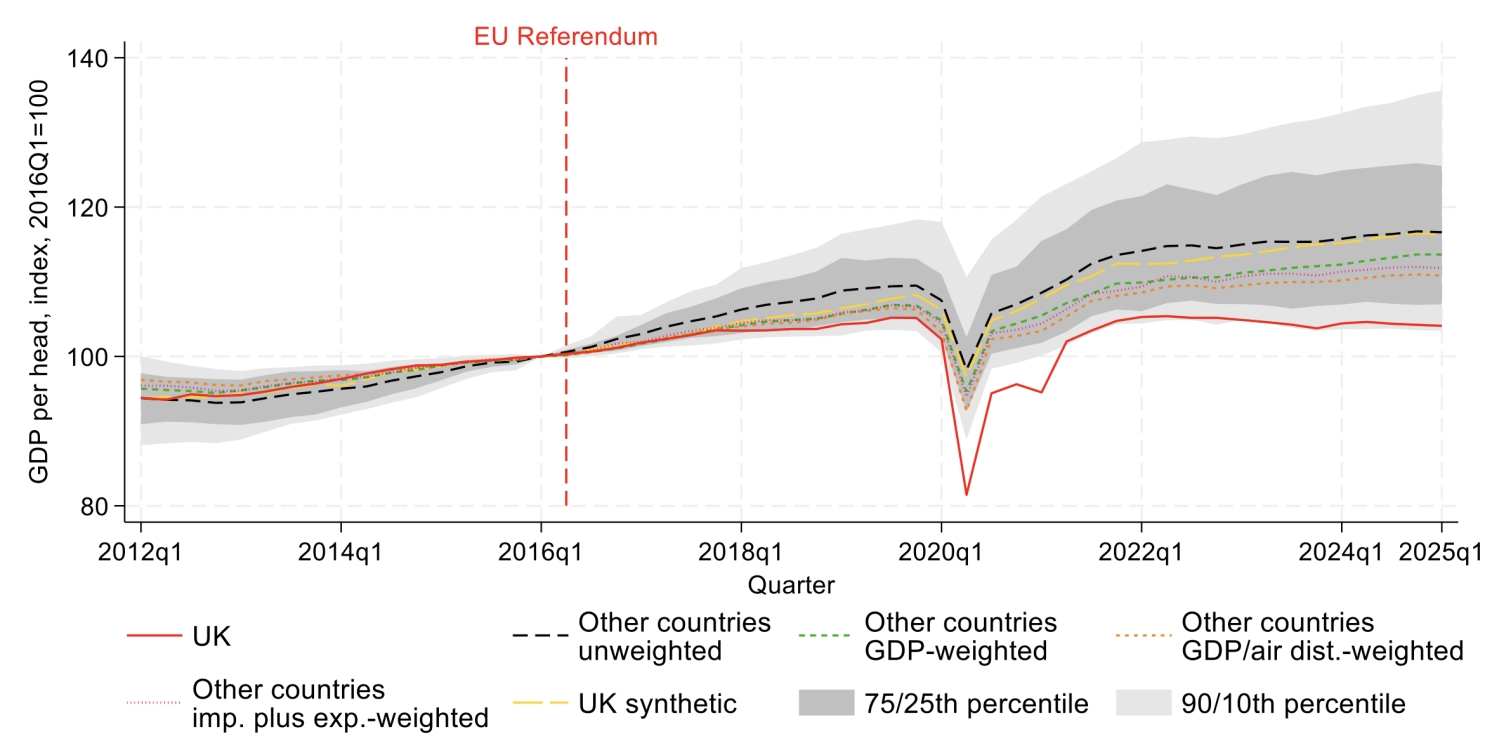asbe
By Michael Maharrey
The Federal Reserve’s favorite inflation indicator came in slightly higher than expected for November. This is another indication that while price inflation appears to be easing some, the data indicates it is far from whipped.
In November, the Core Personal Consumption Expenditures (PCE) deflator came in at 4.7% on an annual basis. This was slightly higher than the 4.6% expectation. Month on month, core PCE rose 0.2%, in line with projections.
Core PCE excludes volatile food and energy prices.
Overall, PCE rose 5.5% on an annual basis and 0.1% month-on-month.
Looking at the core PCE deflator data over the last several months, it’s clear that PCE continues to run hot, but with a slight downward trend.
- November 2022 4.7 %
- October 2022 5.0 %
- September 2022 5.2%
- August 2022 4.9%
The Fed closely watches the PCE data. The central bankers at the Fed like core PCE because it tends to understate rising prices the most.
The mainstream spin is that this is a further indication that “inflation is cooling.” CNN called it “a welcome indication that the period of painfully high prices has peaked.” This is similar to the messaging we heard after the November CPI data came out.
But it’s important to remember that while price inflation is trending downward, it isn’t anywhere near the mythical 2% Fed target. Meanwhile, producer prices rose more than expected in November, meaning there could still be some more consumer price increases in the pipeline as businesses pass those costs on. Saying inflation is “done” is clearly a bit premature. Nevertheless, many people seem to believe the war on inflation is nearing a successful end, despite the continued hawkishness coming from the Fed.
At this point, you can spin the price inflation data either way. You can argue it has peaked, and the downward trend looks good. But you can also make the case that inflation remains extremely high, and we are far from victory.
This is a comfortable spot for the Fed. As long as the central bankers can plausibly deny any significant economic downturn, they can continue with their hawkish messaging. But it also gives them wiggle room to claim victory and pivot when the economy tanks.
It is reasonable to think that price inflation will continue to cool. The math works in its favor. We have big month-on-month increases from 2021 rolling out of the annual average. That pushes the yearly increase lower. Meanwhile, the economy is slowing. Make no mistake, high interest rates are subduing economic activity. An economy built on easy money and credit can’t function in this high interest rate environment.
But the bigger problem is that this “high” interest rate environment is high enough to break the economy but still not high enough to truly tame inflation. And the moment the Fed pivots, we are right back on the inflation train.
Original Post
Editor’s Note: The summary bullets for this article were chosen by Seeking Alpha editors.






































